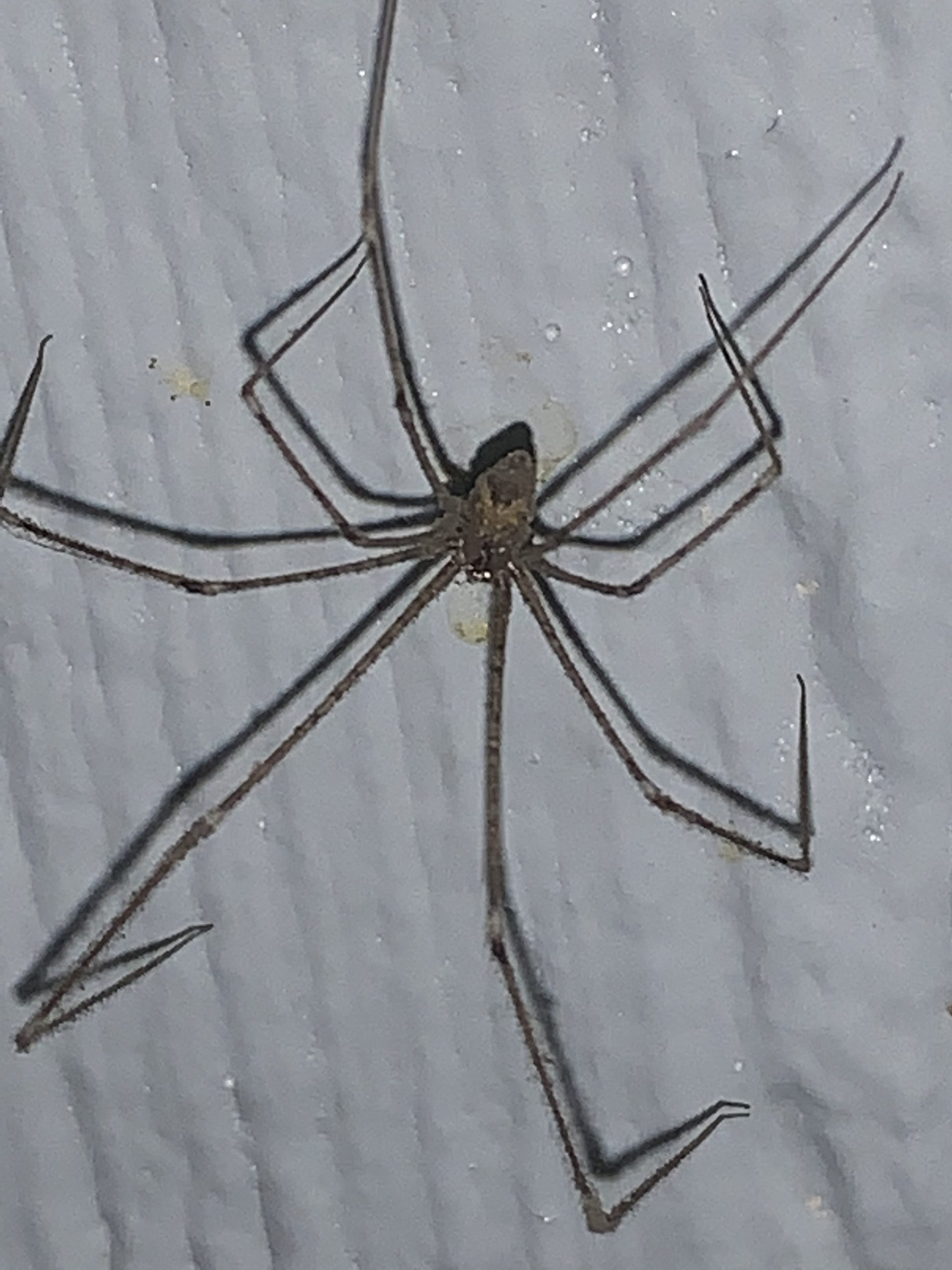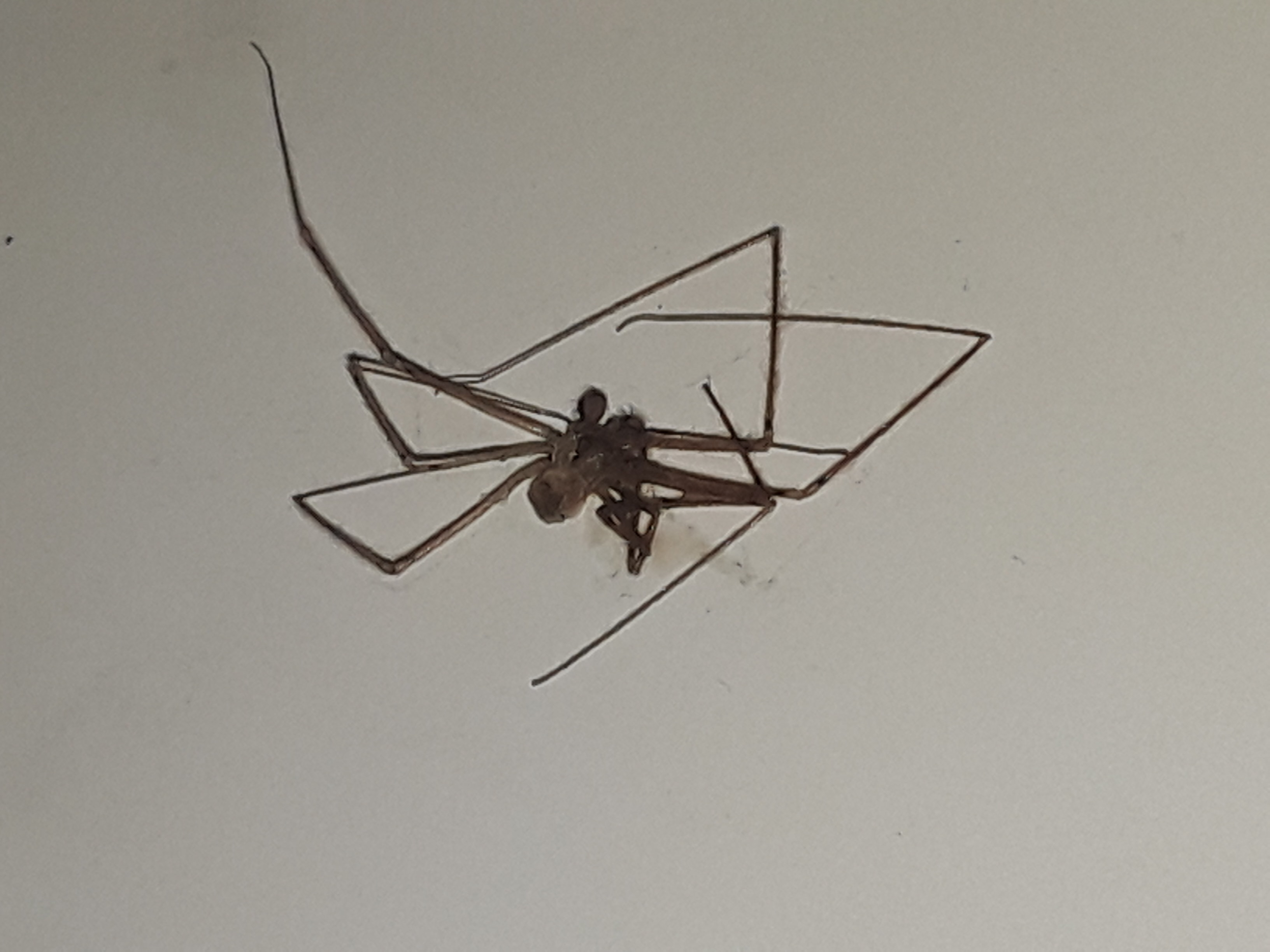
Consider using yellow light bulbs for exterior lighting, as that may reduce the number of cellar spiders and other insects that are typically attracted to white-light sources. To keep cellar spiders from entering your home in the first place, seal cracks around the foundation of your home with a silicone-based caulk. Adult cellar spiders usually live for about two years.
#Cellar spider full
There are five molts before the spiderlings reach full maturity – a process that takes one full year. The emerging spiderlings often cling to their mother for a short time. The females then carry the egg sacs around with them in their mouths until the eggs hatch, as opposed to resting them in their web like other spider species do. The cluster of eggs gives the sac the appearance of an unripe blackberry. The sacs are created from a thin layer of silk that is see-through. They can hitch a ride in on you, a package, even in groceries so how you got them could be a mystery but not surprising.įemale long-bodied cellar spiders may produce up to three egg sacs each containing 13-60 eggs throughout the course of their life.
#Cellar spider windows
Within these structures, cellar spider webs are usually found in dark and damp places, including but not limited to the corners of eaves, windows and ceilings in cellars, basements, crawlspaces, and garages. So, you can have a spider exterminator come in to help, but that pest control company should be taking care of the other pests as well.Ĭellar spiders construct loose, irregular webs in areas with higher relative humidity and moisture, such as homes, sheds, barns, and warehouses. Any spider in your house means their food is there.

As such, the “daddy longlegs” nickname also applies to harvestmen, but, by contrast, these arachnids have oval bodies that are more reddish in color compared to cellar spiders. Long-bodied cellar spiders are also similar in appearance to harvestmen – which are arachnids, but technically not spiders – given their equally noticeable, lengthier legs. They have a cylindrical abdomen that is about three times longer than it is wide. Cellar spiders also have eight eyes that are arranged into two widely spaced lateral groups of three each and two eyes in between. Like all arachnids, cellar spiders have eight legs however, theirs are very elongated and thin compared to other spiders. Adult male long-bodied cellar spiders have a body length of about ¼”. Adult female long-bodied cellar spiders have a body length of about ¼-5/16” with front legs about 1 ¾-1 15/16” long. These results highlight an important biological difference between the two species and indicate that intraguild predation may play an important role in interactions between the two species.All cellar spiders have oval-shaped bodies that range in color from pale yellowish to light brown or gray. Further, mothers did not prey on their own young. phalangioides young at twice the rate of young conspecifics, treating heterospecific young similar to control crickets. Pholcus phalangioides predation patterns were consistent across species, but P. The proportion of prey items consumed was recorded. Once hatched the spiderlings were separated from their mother for 1 h and then reintroduced to the mother, a conspecific, or were introduced to an heterospecific adult female. In the laboratory we allowed females of both species to produce clutches. We tested this hypothesis using two nonnative species of pholcid spiders in Ohio, Pholcus phalangioides and Pholcus manueli.



Cannibalistic species should have a mechanism to identify offspring and suppress predation. Intraguild predation and cannibalism are important behaviors that provide resources and influence interactions between different predators.


 0 kommentar(er)
0 kommentar(er)
